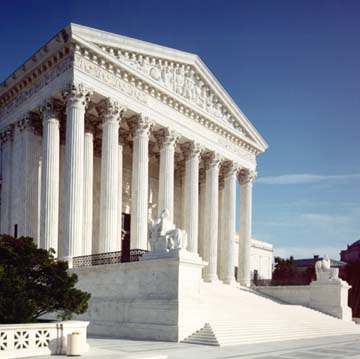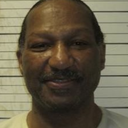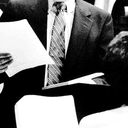
The U.S. Supreme Court has granted review in the case of Missouri death-row prisoner Russell Bucklew, who has argued that the severe form of a rare congenital disorder from which he suffers makes it unconstitutionally cruel for him to be executed by lethal injection. Bucklew has an extreme form of cavernous hemangioma, a malformation of his blood vessels that causes blood-filled tumors to grow in his head, neck, and throat. The tumors, he has argued, are likely to rupture during the lethal-injection process, resulting in an excruciatingly painful execution during which he would choke on his own blood. Bucklew proposed as an alternative that the state execute him using nitrogen gas. Missouri has twice set execution dates for Bucklew while he has been challenging its execution method — once in May 2014 and again in March 2018. In both instances, the Supreme Court intervened, issuing stays of execution that permitted further court proceedings in his case. The first stay permitted the U.S. Court of Appeals for the Eighth Circuit to hear and decide Bucklew’s appeal from a Missouri federal district court ruling that had dismissed his lethal-injection challenge without an evidentiary hearing. After considering the appeal, the Eighth Circuit reversed the district court decision and ruled that Bucklew was entitled to move forward with his lawsuit. In an attempt to develop facts relating to how risky his execution would be, Bucklew filed a series of discovery requests — each opposed by Missouri prosecutors — seeking information about the qualifications of the execution team members. The court denied each of Bucklew’s requests. The district court accepted Bucklew’s argument that lethal injection carried a substantial risk that he would choke and be unable to breathe for up to four minutes before dying. Nonethless, in June 2017, it again dismissed his case, again without holding a trial, saying that Bucklew had not shown that nitrogen gas would significantly reduce his suffering during the execution. Bucklew appealed, but while the appeal was pending, the state obtained a second execution date, this time for March 20, 2018. On March 6, a split appeals court panel voted 2 – 1 to affirm the lower court. Hours before the execution was to be carried out, the Supreme Court issued a second stay of execution to give itself more time to decide whether to hear Bucklew’s case. On April 30, the Court accepted the case for review. In addition to the questions Bucklew had raised, the Court ordered the parties to address whether Bucklew had met his burden under the Court’s 2015 lethal-injection decision in Glossip v. Gross “to prove what procedures would be used to administer his proposed alternative method of execution, the severity and duration of pain likely to be produced, and how they compare to the State’s method of execution.” The Glossip decision requires a prisoner who challenges the constitutionality of a method of execution to show not only that the state’s method of execution will create a substantial risk of severe pain, but also that a feasible and readily available alternative exists that significantly reduces that risk. This is the first time that the Supreme Court has granted review in a case involving lethal-injection procedures since it decided Glossip.
(Greg Stohr, Death-Row Inmate With Rare Disease Gets U.S. High Court Review, Bloomberg News, April 30, 2018; Nathalie Baptiste, The Supreme Court Will Review Case of a Man Whose Blood-Filled Tumors Could Burst During Execution, Mother Jones, April 30, 2018; Robert Barnes, Supreme Court to weigh execution method that could cause inmate excruciating death, Washington Post, April 30, 2018.) See Lethal Injection and Supreme Court.



